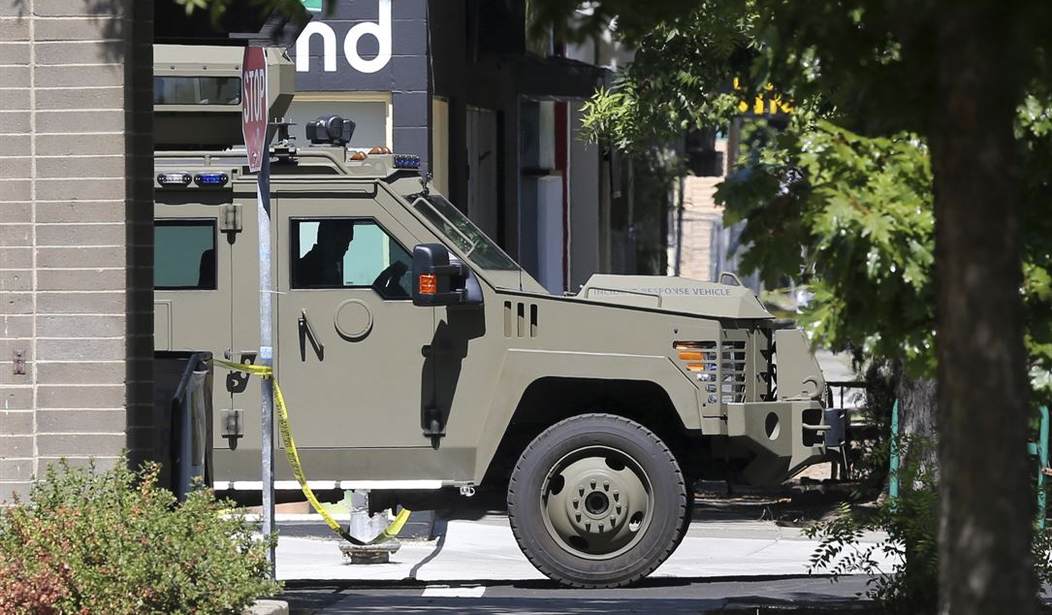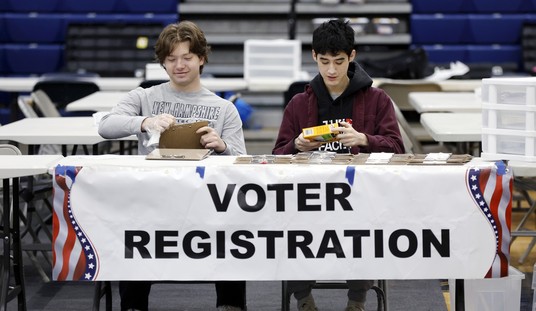If you have noticed an uptick lately in reports on swatting incidents, there is a reason for that. Various law enforcement agencies have reported a sharp increase in the number of swatting incidents as the practice is becoming more commonplace.
Swatting is a crime that involves an individual calling 911 to report violent activity at a particular address. The aim is to trick the dispatcher into sending SWAT units to the home under false pretenses.
Read:
Jonathan Turley Spoke Out Against Swatting, and Then He Got Swatted
Yet Another Swatting Incident Involving a Judge - This Time, It's Arthur Engoron
Those committing the crime are doing so to harass their intended target, which are typically high-profile individuals. However, this goes far beyond being just a simple prank – it is an attack that could get people killed.
Swatting has a global reach but has become even more prevalent in the United States, even with perpetrators operating from other countries. The Justice Department recently announced that it identified a person of interest for over 100 swatting attacks against politicians over the Christmas holiday.
This discovery could mark a critical step in addressing the rise of swatting attacks on political and public officials. The individual is suspected of being tied to more than 100 swatting calls against members of the Biden administration and others. These include Homeland Security Secretary Alejandro Mayorkas, Cybersecurity and Infrastructure Security Agency Director Jen Easterly, and several others.
Federal agents have located a person of interest in over 100 swatting calls, which included calls targeting Homeland Security Secretary Alejandro Mayorkas, Cybersecurity, Infrastructure and Security Agency Director Jen Easterly and other senior Biden administration officials, according to law enforcement officials.
Officials say the person of interest lives in Serbia; charges have not yet been filed, but sources say they could be filed soon. The person of interest is alleged to have made phone calls targeting officials over the Christmas holidays, according to the sources.
Another example occurred in Prattville, Alabama, where a police officer was arrested on multiple swatting charges. He is accused of having made at least six false reports, including concocting a scenario with “a subject laying in the front yard…apparently shot” and “seeing a male running around with a machete, people laying in the street bleeding.”
In another disturbing incident, a person called 911 in New York and told them, “Somebody just shot seven students in the bathroom,” which provoked a swift and heavy response from law enforcement. After arriving on the scene, they discovered it was a hoax.
These types of attacks are becoming more mainstream in the world of criminal activity.
Swatting calls have become common over the last decade, with criminals calling in threats on rival gamers or activists. Schools, however, have become frequent targets this year, multiple experts told ABC News. The number of swatting calls has at least doubled over the last year, according to James Turgal, the former chief information officer of the FBI and the current vice president of information security company Optiv.
Swatting is not an easy crime to solve. However, local, state, and federal law enforcement agencies are working to track these incidents as they increase nationwide. However, catching the perpetrators is a challenge due to the anonymity technology offers.
A swatter told CNN they avoid getting caught because “we use burner phones and AI-generated voices.”
“We are not worried even a little bit about being arrested,” he added.
Nevertheless, the recent case of the Christmas swatting wave shows that law enforcement could be making progress when it comes to apprehending the criminals making these calls.
The growing prevalence of swatting incidents is a worrying trend. While the perpetrators typically target high-profile individuals, they do not shy away from targeting regular folks and even schoolchildren.
Law enforcement has its work cut out for them when it comes to addressing swatting. As these crimes become even more common, it will only be a matter of time before fatal incidents increase as well. It will likely require technological advances and other tools to combat the troubling increase in swatting incidents.














